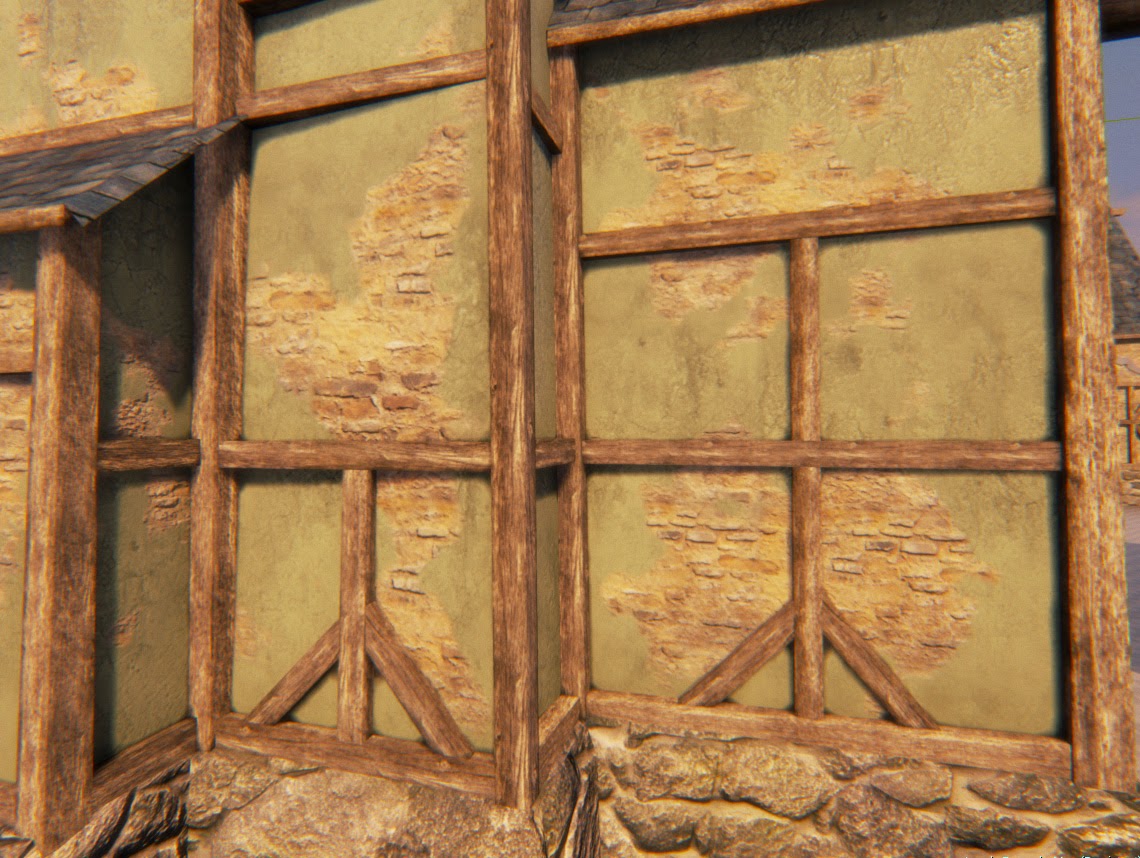Theses days I parked Unreal Engine 4 just a while to confront another freaking matter. Maybe this is not really related to videogames but last week I setted up a Linux Server on Digital Ocean.
As I mentioned on a post last month, I obtained my GitHub student pack which includes several goodies for developpers, including 100$ in Digital Ocean which allows you to run SSD server in the cloud.
So...usually I play role game on Sunday, and one thing that was brought into the table was to do organize a game on a Neverwinter Nights server.
Actually, you can host a game on your own computer, but I had some issues opening ports on my router, so I decided that I had to host the game elsewhere...and that's where it came the idea.
I consider myself pretty awkward when tampering with the Linux command prompt, but I managed in the end to set things up.
 |
| SSH connect to a server through PuTTY |
Best thing of all, Digital Ocean does have an option to make Snapshots. This allows you to save the current status of your server and then restore it, or raise another server from it.
Since Digital Ocean charges you per hour and this server is going to be used for occasional games, this will allow me to only pay for the time I keep my games up.
Since Digital Ocean charges you per hour and this server is going to be used for occasional games, this will allow me to only pay for the time I keep my games up.
Now I have decided that a TeamSpeak server would be great so...I think I'm going to spend some time banging keys and doing some SSH.
---
Now, back to the game development theme in Unreal Engine, I recently started working on a pretty basic and simple level which is based on a screenshot I took when I was playing Tales of Graces F on my PS3.
 |
| The amarcians ruins in Tales of Graces F (PS3) |
Observing the screenshot, the illumination is pretty dull, I will probably work toward another result.
So. right now I started what we call the "Blockout" which is in fact a level made with placeholder and BSP meshes.
In this phase you don't want to work on any detail, and you look to do something which is somehow functional and playable from a game design view. Also this helps to keep things done according to the gametype, which in this case will be a third person game with an isometric like camera.
As seen, I also started to work the lightning. I can tell right now that this scene is going to have many modular meshes.
If the result of this is good enough at the end, I'll showcase it on my portfolio...if not..well..I will simply drop it in the trash bin.
And that's it. Keep your feet warm in these rainy days!















































